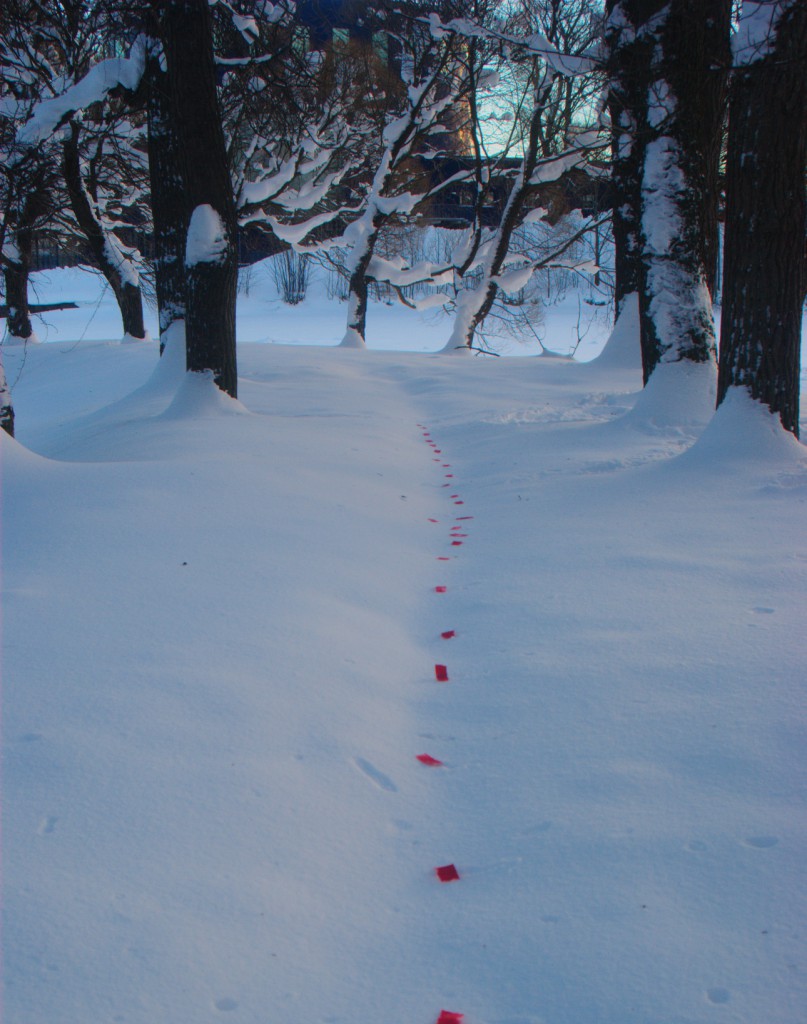Friendship with a dead sculptor…(i)
The Royal Poincianas are in full, blazing crimson bloom and, as I peer over my chipped porcelain teacup inhaling its dark aroma, the conversation starts.
It is a monologue that drifts over the static channels of more than a century but when he speaks his beard moves like a stiff, red, thatch roof. Barely two inches taller than me, we look at each other through a fog–not because of the curtain of time–but because of our weak eyes. Our sight is due to the unavoidable curse of a sculptor that works many hours transfixed and bent over his material in low light.
His hands–once called une main d’une prodigieuse vitesse–are moving restlessly when he speaks about how the power of observation should always be practiced…look at an object and fix that image in your mind and try to retain its memory as long as possible before you sketch it. When you are carving your object, never see the form in length but that of its width; a surface is always the extremity of the volume. He will lean forward in his chair to make very clear his point that it is all about the projection of the interior volumes. In each swelling of the torso or the limbs a suggestion of outward thrust is made by a muscle or a bone that is buried deep under the skin. Oh, and for god sakes do not brood over your failures too long for there is not much time; an intense nervous excitement should always drive you back into the studio and into your work but there is no need to hurry.
Wait a minute–what do you mean? I have to work with nervous excitement and fast hands; or there’s no hurry, so take it easy? Which one is it?
His fingers are now rolling a clay coil absentmindedly and he slowly utters that, a sculptor should be wild about working, getting up early, sketching non-stop, studying the masters, never be distracted for so much as a minute! But you always have time to make a beginning once you are sure of your subject; a sculptor can establish his or her reputation with a single piece of sculpture.
A silence falls between us that becomes filled with the songs of the cicadas, both lost in thought. I asked him if he will come back tomorrow?
*Grunfeld V. Frederic, “Rodin. A Biography” Henry Holt. 1987. *Rodin, A “Rodin on Art and Artists” Dover Publications. 1983. |

